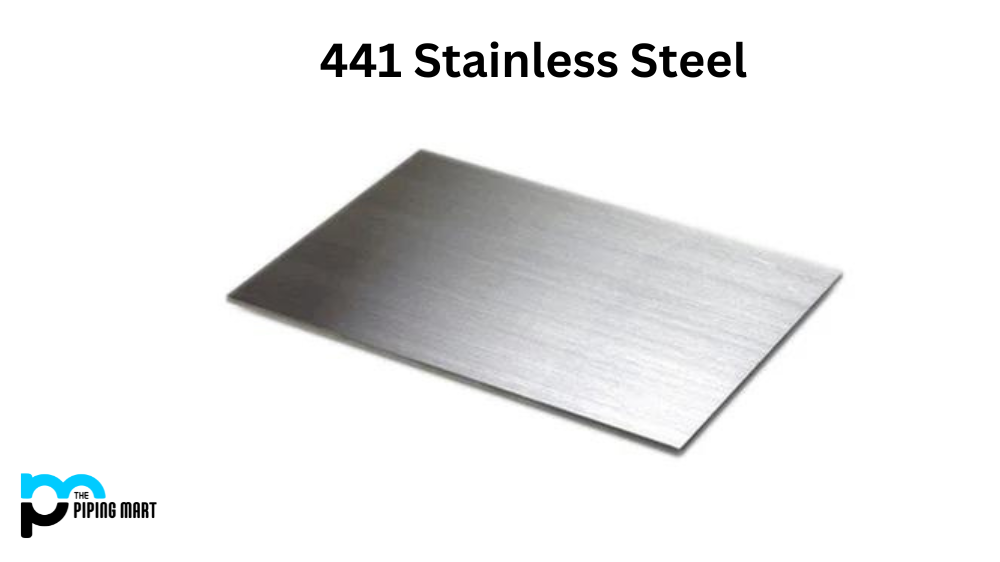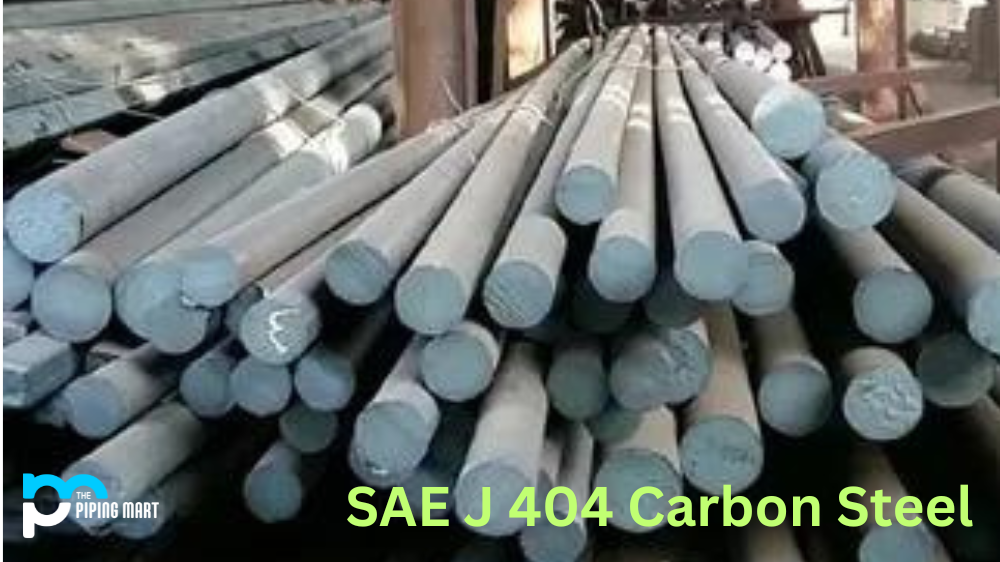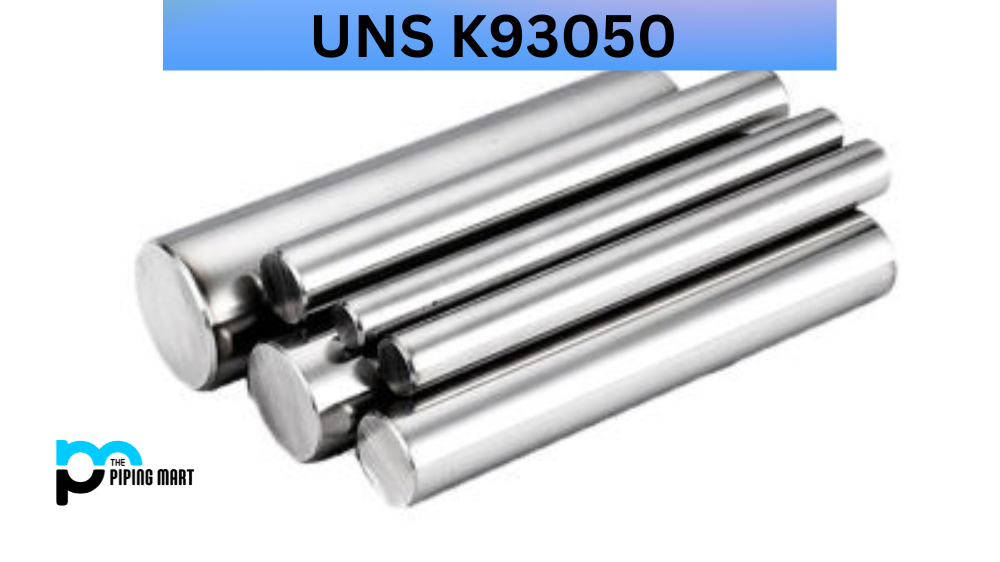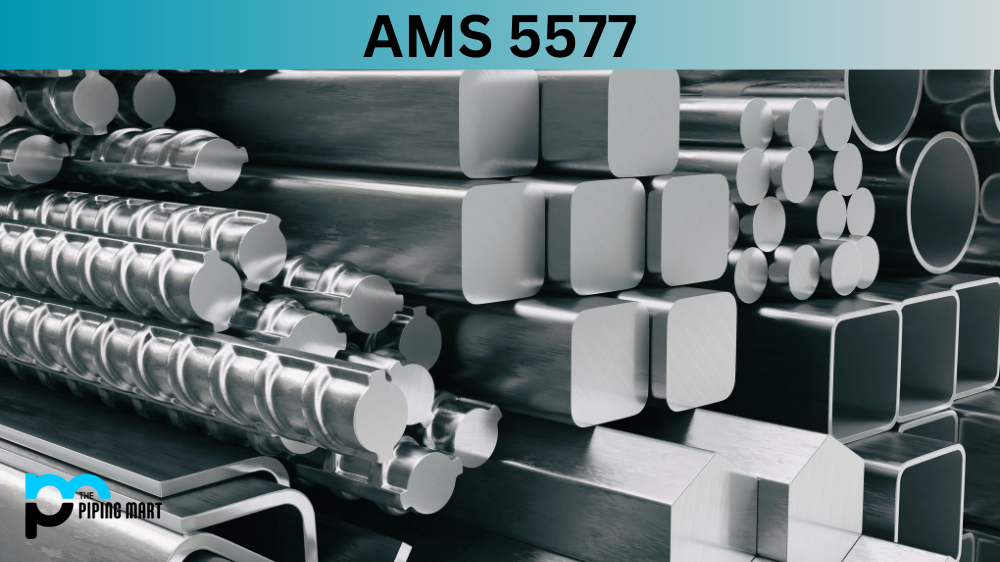When it comes to stainless steel, there are many different types. One such type is 441 stainless steel. 441 stainless steel has become popular due to its many uses and properties. This blog post will provide an overview of 441 stainless steel and explore its composition, mechanical properties, physical properties, and uses.
441 Stainless Steel Composition
441 stainless steel is made up of three major alloying elements: chromium (Cr), molybdenum (Mo), and titanium (Ti). Chromium helps to improve corrosion resistance and formability, while Mo helps increase strength and hardness. The addition of titanium helps improve the material’s weldability by stabilizing the austenite structure that forms during welding.
| Element | Content (%) |
|---|---|
| Chromium, Cr | 17.50-18.50 |
| Titanium, Ti + Niobium, Nb | 0.60 max |
| Carbon, C | 0.02 max |
| Iron, Fe | Remainder |
441 Stainless Steel Mechanical Properties
The mechanical properties of 441 stainless steel are impressive. This material boasts a yield strength of 25 ksi and a tensile strength of 75 ksi – making it one of the strongest types of stainless steel available on the market today. Its excellent ductility also makes it easy to form into various shapes with minimal effort.
| Properties | Metric | Imperial |
|---|---|---|
| Tensile strength (annealed) | 489 MPa | 70900 psi |
| Yield strength (@temperature 871 °C/ 1600 °F ) | 2.90 MPa | 421 psi |
| Modulus of elasticity | 220 GPa | 31908 ksi |
| Elongation at break (in 2″, annealed) | 35.90% | 35.90% |
| Hardness, Rockwell B (annealed) | 80 | 80 |
441 Stainless Steel Physical Properties
In terms of physical properties, 441 stainless steel is also quite impressive. It has a high melting point of 2157°C (3915°F), allowing it to be used in various high-temperature applications without fear of melting or distortion due to heat exposure. Additionally, this material has excellent corrosion resistance against oxidizing acids like sulfuric acid and reducing acids like hydrochloric acid – making it a perfect choice for use in chemical processing environments where these acids may be present.
441 Stainless Steel Equivalents
- 1.4509
441 Stainless Steel Uses
Due to its combination of impressive mechanical and physical properties, 441 stainless steel can be used in a wide range of applications, from automotive exhaust systems to kitchen equipment such as ranges and ovens. Other common uses for this material include heat exchangers, boilers, oil refining equipment, nuclear fuel reprocessing plants, industrial machine parts, aircraft components, threaded fasteners, pump shafts, valves bodies, valves stems & discs., storage tanks , piping & tubing . It can even be used for decorative purposes, such as handrails or trim pieces in commercial buildings or residential homes!
Conclusion
After reading this blog post about 441 stainless steel, you should have a better understanding of what it is made out of and how it performs in different scenarios due to its mechanical and physical properties, as well as being able to identify potential applications where this material could be put into use. If you’re looking for an incredibly strong yet versatile material that can withstand extreme temperatures, then look no further than 441 stainless steel! With its impressive composition combined with excellent mechanical and physical properties, there’s no doubt this type of stainless steel will continue to be used in many industries worldwide for years to come!

Abhishek is a seasoned blogger and industry expert, sharing his insights and knowledge on various topics. With his research, Abhishek offers valuable insights and tips for professionals and enthusiasts. Follow him for expert advice on the latest trends and developments in the metal industry.




